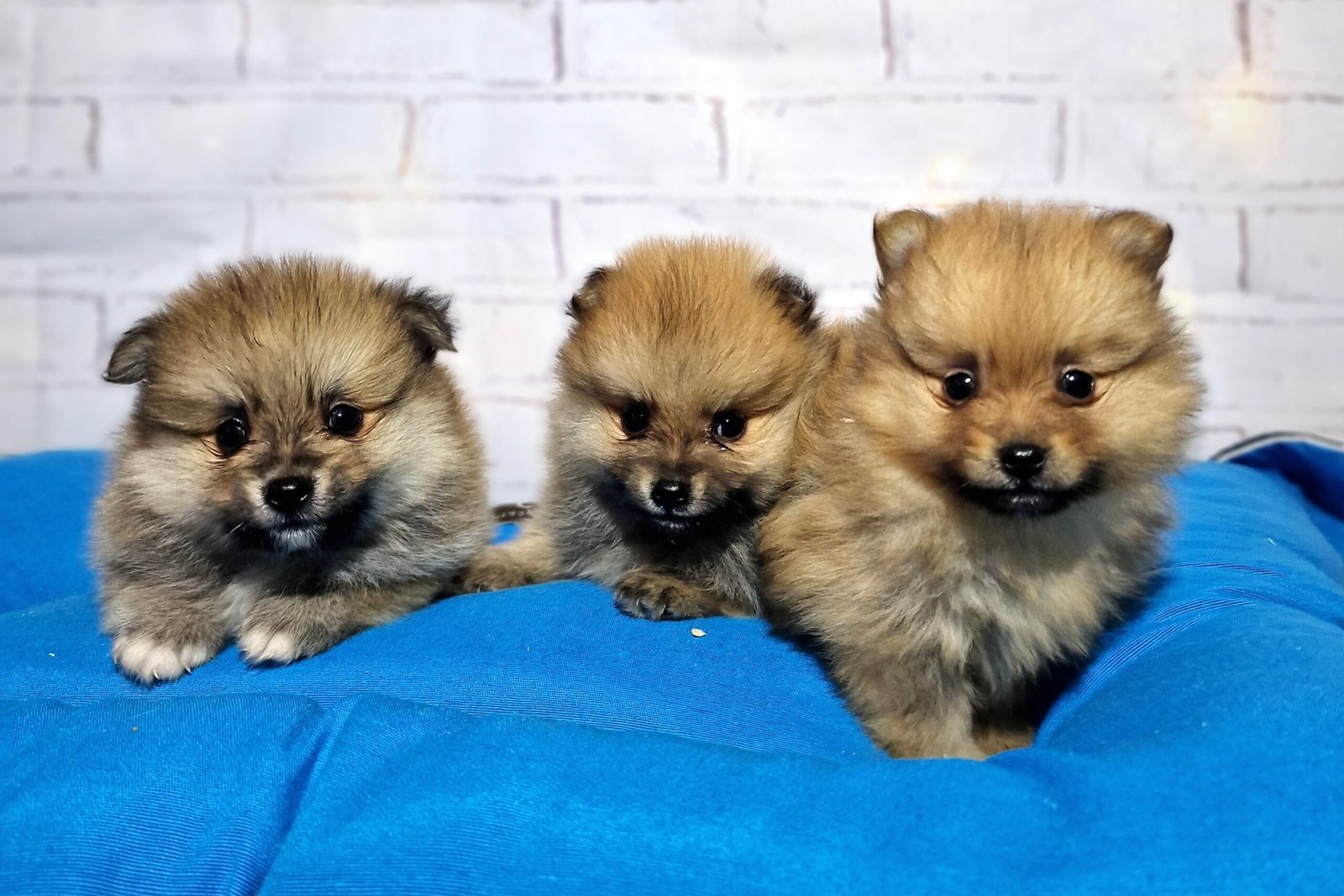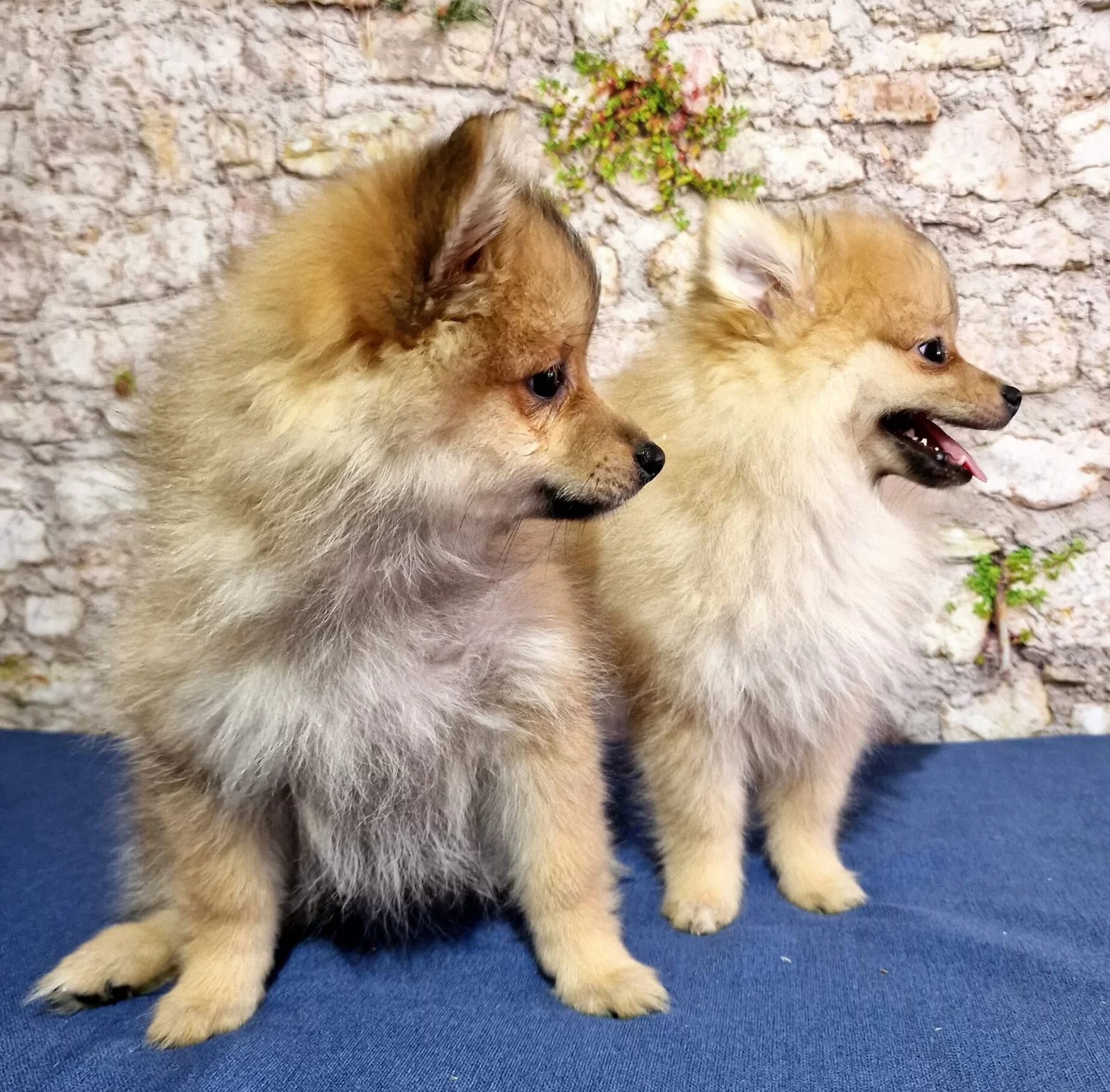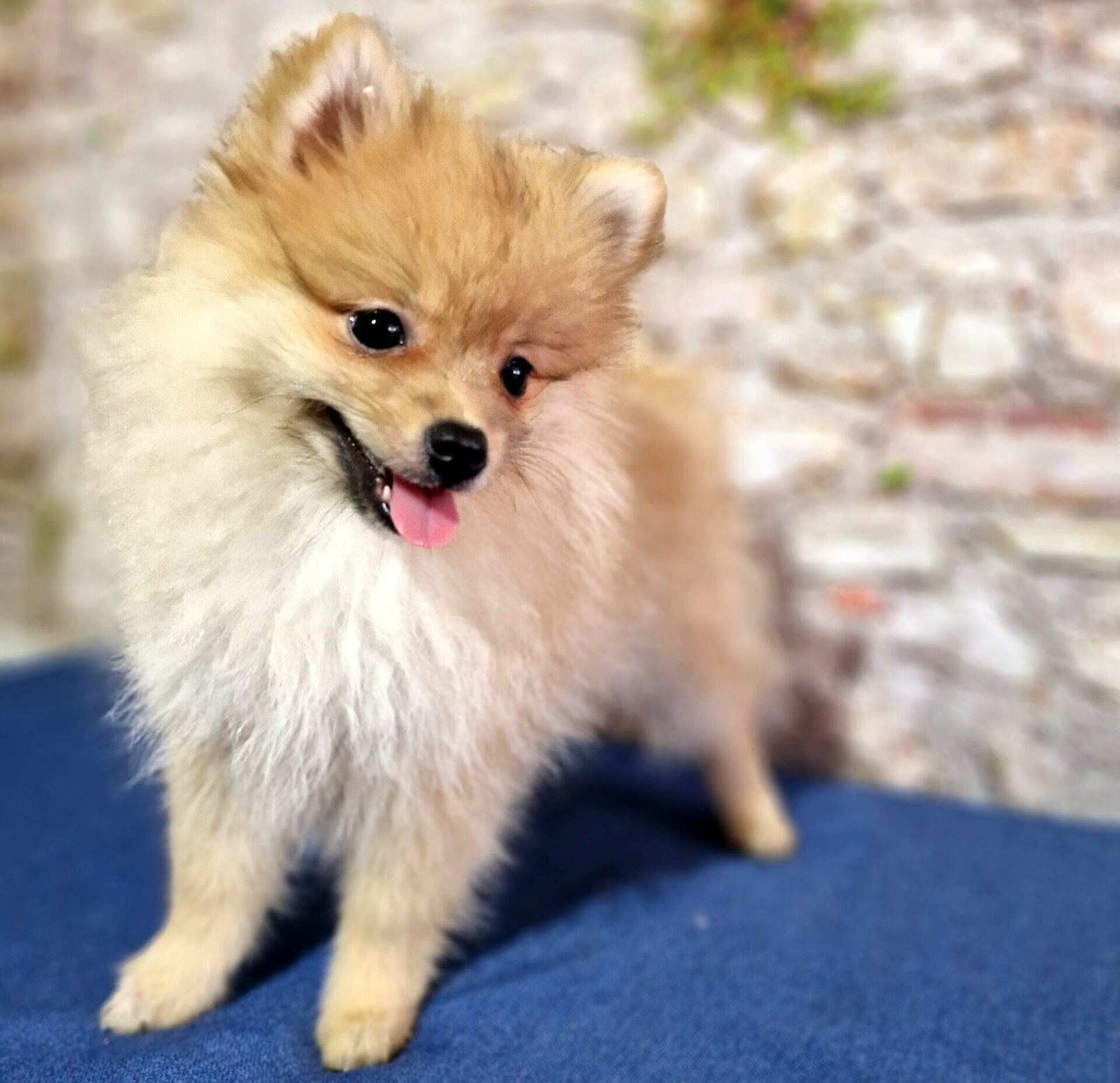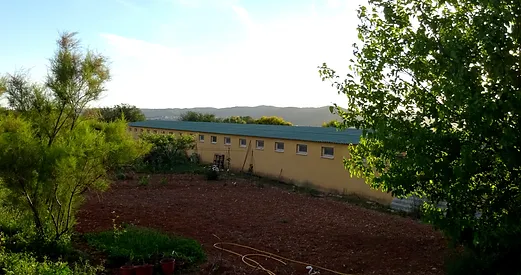01. Size
Small in size, measuring between 18 and 30 cm at the withers and weighing between 1.5 and 4 kg. It is one of the smallest breeds of the Spitz group.
02. Fur
Abundant Coat: It has a double coat, with a long, erect outer coat and a shorter, dense undercoat. The coat is fluffy and requires regular brushing to avoid tangles.
The coat can come in a wide range of colours, including orange, white, black, cream, chocolate, and more. Colours can be solid, bi-coloured or tri-coloured.
03. Head
Bear-shaped head: The head is round with erect ears and a short muzzle. The eyes are dark and almond-shaped, giving a lively expression.
04. Behaviour
Lively and cheerful temperament: He is known for his outgoing, playful and energetic personality. Despite its small size, it has a big personality and is often courageous.
The Pomeranian is a breed that combines beauty, personality and energy, making him a charming and dynamic companion.




